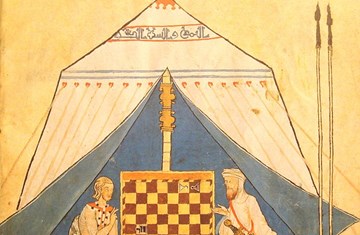Divine Law / Divine Command: The Ground of Ethics in the Western Tradition-Muslim Perspectives
The article posits that the ethical roots of the pre-modern Western tradition are not just based in biblical norms. The author delves into the origins and roots of Muslim ethics from revelation to the shaping of Muslim law, suggesting a strong connection between western and Muslim values based on linkages developed in medieval times through Latin appropriation of Arabic studies of Classical philosophy. The article also traces the need to address common, contemporary concerns, such as poverty, through a shared ethical stance.
Author

Professor Azim Nanji
Azim Nanji is currently Special Advisor to the Provost of the , and a member of the Board of Directors of the in Ottawa, a joint partnership between His Highness the Aga Khan and the Government of Canada. He has held many prestigious academic and administrative appointments, most recently as Senior Associate Director of the Abbasi Program in �������Ͽ�����¼ at , where he was also lecturer in the Department of Religious Studies. From 1998 to 2008, Professor Nanji served as Director of the Institute of Ismaili Studies in London.
Professor Nanji has published numerous books and articles on religion, Islam and Ismailism, including: The Nizari �������Ͽ�����¼ Tradition (1976), The Muslim Almanac (1996), Mapping �������Ͽ�����¼ (1997) and The Historical Atlas of Islam (with M. Ruthven) (2004) and The Dictionary of Islam (with Razia Nanji), Penguin 2008. In addition, he has contributed numerous shorter studies and articles in journals and collective volumes including The Encyclopaedia of Islam, Encyclopaedia Iranica, Oxford Encyclopaedia of the Modern Islamic World, and A Companion to Ethics. He was the Associate Editor for the revised Second Edition of The Encyclopaedia of Religion.
Within the , he has served as a member of the task force for the (AKU-ISMC) and Vice Chair of the Madrasa-based Early Childhood Education Programme in East Africa. He served as a member of the Steering Committee of the Aga Khan Award for Architecture in 1998, 2001 and 2016.













